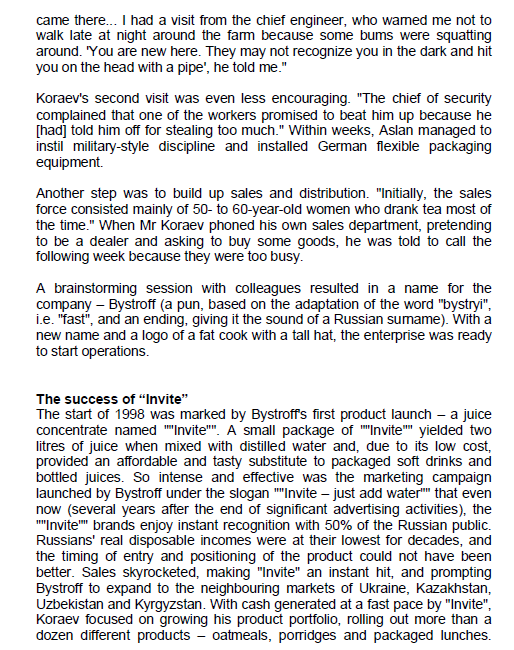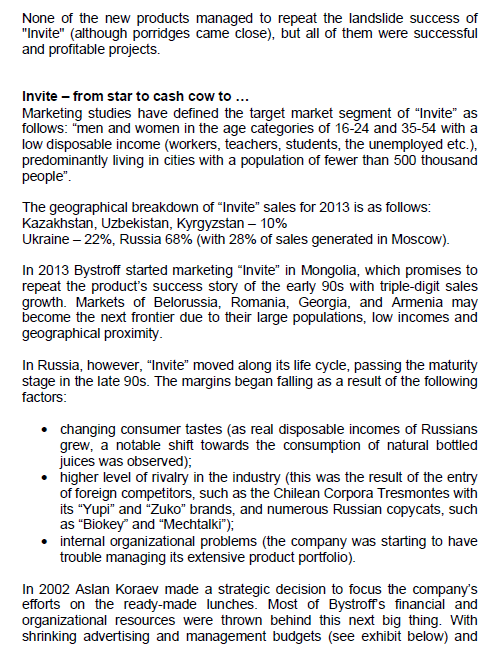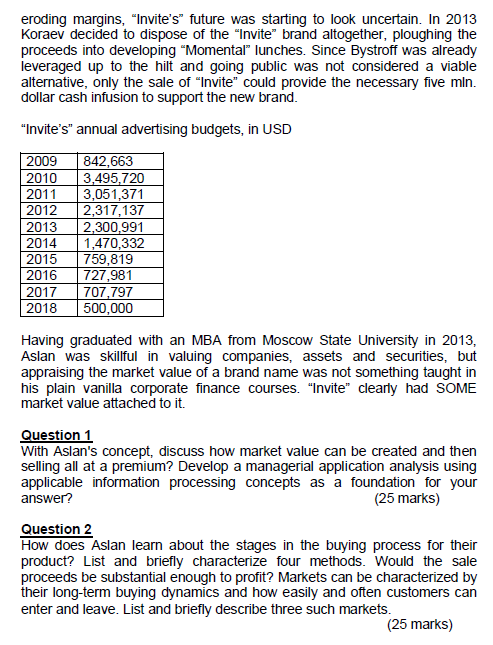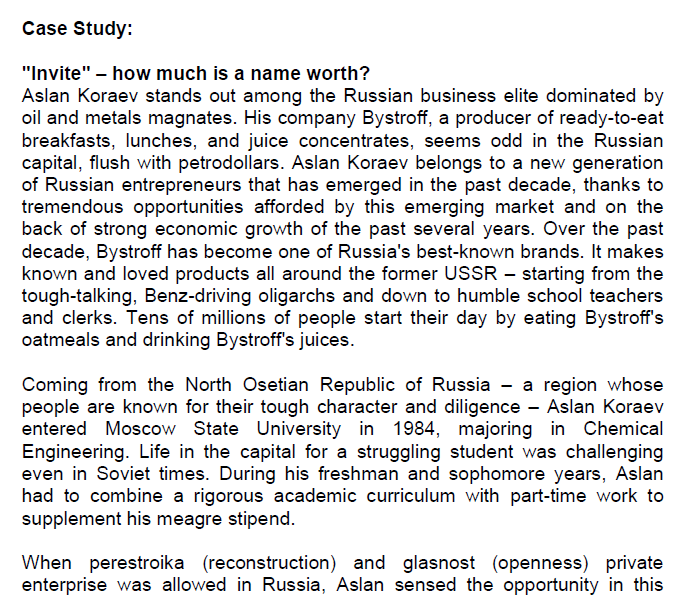business. He and a couple of college buddies started by establishing a currency trading post in their dormitory room. With the ruble hyperinflation, the US dollar quickly became a haven currency for the Russian public. Aslan and friends were making hundreds of transactions per day, with considerable money earned on the buy-sell spread Having graduated in 1989, Aslan came across another opportunity - selling Russian engineering and optical equipment to Africa. The Russian ruble was sinking into historic lows against the greenback, making Russian machinery and equipment, including that with military applications, a good choice for companies and individuals from South Africa, Zimbabwe, Liberia, Congo and other countries continent. Trade with Africa was very lucrative, but Aslan decided to take it one step further and moved there from Russia, spending three years roaming the land and earning substantial capital to return to his home country again in 1993. At that time, Russia was a land of opportunity. There was money to be made in virtually every sector of the economy. Still, the risks of doing business in a quickly changing environment. The rule of law was fast fading and the game's rules changed by the day were very high when the vast majority of businesspeople refrained from making long-term and even mid-term investments. When the sole criteria of an investment project's attractiveness were its payback period, Koraev's decision to manufacture packaged staples even more strange and even more bizarre. The start of Bystroff The first problem which arose was that of qualified personnel. Oatmeals, packaged breakfasts and juice concentrates were not common products in the Soviet Union. It was challenging to find staff qualified in the production and logistical aspects of the business. A couple of months of fruitless search efforts later, having despaired seeing specialists, Aslan addressed the headhunters who quickly came up with an unorthodox solution - hiring biochemists who worked for the Russian space industry developing food for astronauts orbiting the planet. With the scientists came the first recipes, which were to be refined and developed for mass production. The next step was to set up manufacturing facilities. A bankrupt collective farm was located near St. Petersburg, but when the 20-something Koraev told a 60-year-old Soviet director he was planning to buy his factory, the older man told him his workers would never sell their shares. "They sold within a week," Aslan says. He was in for some early surprises: "When Icame there... I had a visit from the chief engineer, who wamed me not to walk late at night around the farm because some bums were squatting around. 'You are new here. They may not recognize you in the dark and hit you on the head with a pipe', he told me." Koraev's second visit was even less encouraging. "The chief of security complained that one of the workers promised to beat him up because he [had] told him off for stealing too much." Within weeks, Aslan managed to instil military-style discipline and installed German flexible packaging equipment. Another step was to build up sales and distribution. "Initially, the sales force consisted mainly of 50- to 60-year-old women who drank tea most of the time." When Mr Koraev phoned his own sales department, pretending to be a dealer and asking to buy some goods, he was told to call the following week because they were too busy. A brainstorming session with colleagues resulted in a name for the company - Bystroff (a pun, based on the adaptation of the word "bystryi", i.e. "fast", and an ending, giving it the sound of a Russian sumame). With a new name and a logo of a fat cook with a tall hat, the enterprise was ready to start operations. The success of "Invite" The start of 1998 was marked by Bystroff's first product launch - a juice concentrate named "Invite"". A small package of "Invite" yielded two litres of juice when mixed with distilled water and, due to its low cost, provided an affordable and tasty substitute to packaged soft drinks and bottled juices. So intense and effective was the marketing campaign launched by Bystroff under the slogan ""Invite - just add water" that even now (several years after the end of significant advertising activities), the ""Invite" brands enjoy instant recognition with 50% of the Russian public. Russians' real disposable incomes were at their lowest for decades, and the timing of entry and positioning of the product could not have been better. Sales skyrocketed, making "Invite" an instant hit, and prompting Bystroff to expand to the neighbouring markets of Ukraine, Kazakhstan, Uzbekistan and Kyrgyzstan. With cash generated at a fast pace by "Invite", Koraev focused on growing his product portfolio, rolling out more than a dozen different products - oatmeals, porridges and packaged lunches.None of the new products managed to repeat the landslide success of "Invite" (although porridges came close), but all of them were successful and profitable projects. Invite - from star to cash cow to ... Marketing studies have defined the target market segment of "Invite" as follows: "men and women in the age categories of 16-24 and 35-54 with a low disposable income (workers, teachers, students, the unemployed etc.), predominantly living in cities with a population of fewer than 500 thousand people". The geographical breakdown of "Invite" sales for 2013 is as follows: Kazakhstan, Uzbekistan, Kyrgyzstan - 10% Ukraine - 22%, Russia 68% (with 28% of sales generated in Moscow). In 2013 Bystroff started marketing "Invite" in Mongolia, which promises to repeat the product's success story of the early 90s with triple-digit sales growth. Markets of Belorussia, Romania, Georgia, and Armenia may become the next frontier due to their large populations, low incomes and geographical proximity. In Russia, however, "Invite" moved along its life cycle, passing the maturity stage in the late 90s. The margins began falling as a result of the following factors: . changing consumer tastes (as real disposable incomes of Russians grew, a notable shift towards the consumption of natural bottled juices was observed); higher level of rivalry in the industry (this was the result of the entry of foreign competitors, such as the Chilean Corpora Tresmontes with its "Yupi" and "Zuko" brands, and numerous Russian copycats, such as "Biokey" and "Mechtalki"); internal organizational problems (the company was starting to have trouble managing its extensive product portfolio). In 2002 Aslan Koraev made a strategic decision to focus the company's efforts on the ready-made lunches. Most of Bystroff's financial and organizational resources were thrown behind this next big thing. With shrinking advertising and management budgets (see exhibit below) anderoding margins, "Invite's" future was starting to look uncertain. In 2013 Koraev decided to dispose of the "Invite" brand altogether, ploughing the proceeds into developing "Momental" lunches. Since Bystroff was already leveraged up to the hilt and going public was not considered a viable alternative, only the sale of "Invite" could provide the necessary five min. dollar cash infusion to support the new brand. "Invite's" annual advertising budgets, in USD 2009 842,663 2010 3,495,720 2011 3,051,371 2012 2,317,137 2013 2,300,991 2014 1,470,332 2015 759,819 2016 727,981 2017 707,797 2018 500,000 Having graduated with an MBA from Moscow State University in 2013, Aslan was skillful in valuing companies, assets and securities, but appraising the market value of a brand name was not something taught in his plain vanilla corporate finance courses. "Invite" clearly had SOME market value attached to it. Question 1 With Aslan's concept, discuss how market value can be created and then selling all at a premium? Develop a managerial application analysis using applicable information processing concepts as a foundation for your answer? (25 marks) Question 2 How does Aslan learn about the stages in the buying process for their product? List and briefly characterize four methods. Would the sale proceeds be substantial enough to profit? Markets can be characterized by their long-term buying dynamics and how easily and often customers can enter and leave. List and briefly describe three such markets. (25 marks)Case Study: "Invite" - how much is a name worth? Aslan Koraev stands out among the Russian business elite dominated by oil and metals magnates. His company Bystroff, a producer of ready-to-eat breakfasts, lunches, and juice concentrates, seems odd in the Russian capital, flush with petrodollars. Aslan Koraev belongs to a new generation of Russian entrepreneurs that has emerged in the past decade, thanks to tremendous opportunities afforded by this emerging market and on the back of strong economic growth of the past several years. Over the past decade, Bystroff has become one of Russia's best-known brands. It makes known and loved products all around the former USSR - starting from the tough-talking, Benz-driving oligarchs and down to humble school teachers and clerks. Tens of millions of people start their day by eating Bystroff's oatmeals and drinking Bystroff's juices. Coming from the North Osetian Republic of Russia - a region whose people are known for their tough character and diligence - Aslan Koraev entered Moscow State University in 1984, majoring in Chemical Engineering. Life in the capital for a struggling student was challenging even in Soviet times. During his freshman and sophomore years, Aslan had to combine a rigorous academic curriculum with part-time work to supplement his meagre stipend. When perestroika (reconstruction) and glasnost (openness) private enterprise was allowed in Russia, Aslan sensed the opportunity in this











